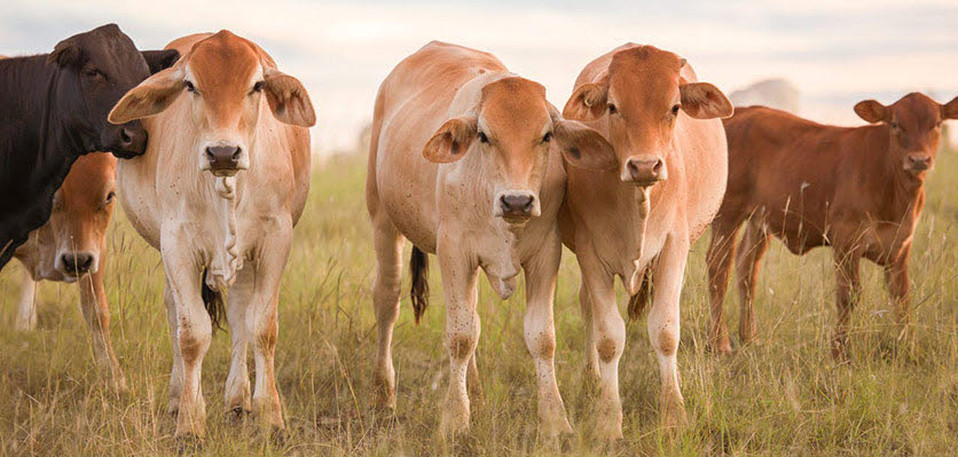Cattle nutrition
14 May 2018
Not knowing how much and what to feed a cow to keep the rumen healthy can lead to a number of problems affecting both individual animals and the herd as a whole.
At the Australian Veterinary Association (AVA) Annual Conference today, cattle veterinarian, Dr. Elizabeth Bramley, will speak about optimal cattle nutrition and says there is more to feeding than you might think.
“In the veterinary world our decisions are guided by science and fortunately there is adequate science available on the nutritional needs of cattle to improve their health and welfare and productivity.
“We know that metabolic diseases such as ketosis and acidosis can result from poor feeding choices and environmental stressors. The key is for farmers to work with their veterinarian who is in the ideal position to advise and treat not only affected individual animals but also the nutritional cause behind the problem,” Dr. Bramley said.
There are three important points of assessment of a beef or dairy cow ration:
- The quantity of food (dry matter). One of the most common nutritional problems with cattle on smaller farms is a shortage of feed. Many people don’t understand how much a cow will consume or understand how long grass needs (minimum 2-3cm) to be for cows to successfully graze. Poor quality pasture is also very slowly digested.
- Whether the ration is being balanced correctly. A ration must meet the requirements for energy, protein, fibre, minerals and trace minerals. Energy and protein malnutrition in late pregnancy or lactating cows is common during winter or long dry spells. This may lead to cows producing undersized calves prematurely.
- Whether it is being delivered appropriately. When owners are providing supplementary feeding through good quality forage or concentrate, it’s important to think about how a ration is delivered. This includes methods of pasture allocation, the time and method of delivery, grain processing as both over and under processing can cause rumen disruption, adequate provision and access to water and lastly staff changes and ensuring all staff follows the feeding protocols.
“It’s really important for the health and welfare of cows as well as their productivity that farmers seek veterinary advice about the feeding requirements of each animal. This ensures they are receiving the appropriate nutrients, which vary based on a range of factors including what the animals are used for and what stage they are at (growing, pregnant or lactating).
“For example, most common cattle feeds are low in un-degradable crude protein (UDP). Good sources of UDP include whole cottonseed, cottonseed meal, and brewer’s grain. High producing dairy cows need a source of UDP to milk to potential, however, it may not be as important for a herd of beef cattle. Veterinarians will consider these differences when developing a nutritional program for dairy herds,” Dr. Bramley said.
AVA President, Dr. Paula Parker, said that nutrition plays an important role in healthy productive farms and veterinarians are critical in providing much-needed, valuable nutrition advice.
“Australian veterinarians are our country’s most trusted advisors when it comes to keeping animals healthy and productive. Veterinarians make decisions every day about the nutritional needs of animals and these decisions are based on the individual needs of the animals as well as the latest scientific evidence so that farms can continue to operate in a productive and profitable manner,” Parker said.
The AVA Annual Conference is being held at the Brisbane Convention and Exhibition Centre, 13-18 May 2018.
For further information and requests for interviews contact the AVA media office on 0439 628 898 or media@ava.com.au.
The Australian Veterinary Association (AVA) is the only national association representing veterinarians in Australia. Founded in 1921, the AVA today represents 9000 members working in all areas of animal science, health, and welfare.
